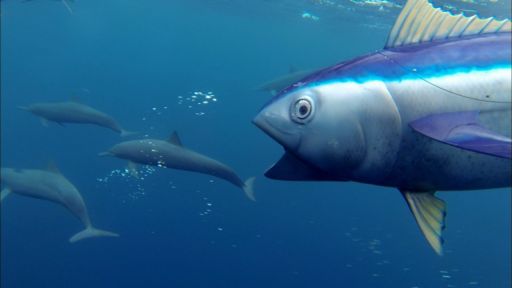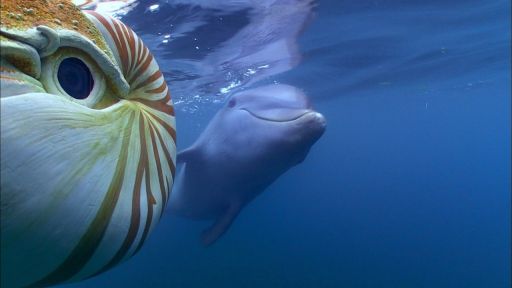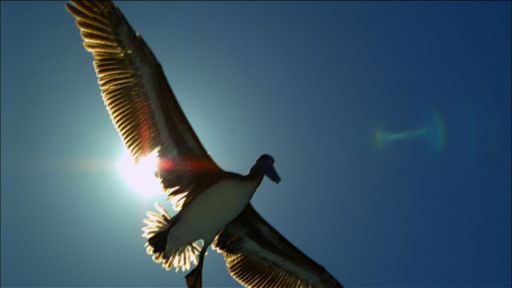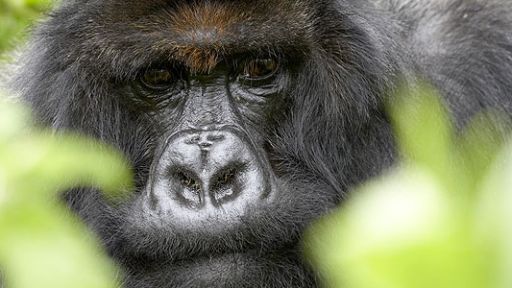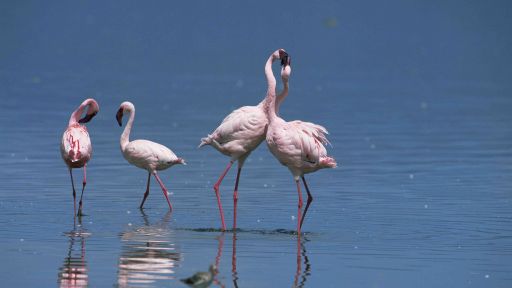This two-part mini-series premieres Wednesdays May 3 & 10 on PBS at 8-9pm ET. Check local listings.
They’re back! Those remote-controlled robotic cameras return to infiltrate the world of dolphins around the globe and capture behavior that has never been filmed before. This time, the Spy Creatures go underwater. Thirteen animatronic spy cameras were designed to do the job including Spy Dolphin, Spy Turtle, Spy Squid, Spy Nautilus, Spy Baby Dolphin, Spy Tuna, Spy Ray, and Spy Puffer. Their eyes are state-of-the-art cameras. (In the case of Spy Tuna, the camera is its mouth.)
In addition to this surveillance team, a real bottlenose dolphin is used in Caribbean waters as a “double agent.” This tame dolphin, carrying tiny cameras on its back and sides, has free rein to explore the ocean and return when he’s ready with a recording of his adventures.
Dolphins: Spy in the Pod takes an in-depth look into the secret lives of a variety of dolphins as the specially designed “spycams” often interact and engage the curiosity of their subjects and film examples of their intelligence, communication, and relationships. The two-part program airs Wednesdays, May 3 & 10, 2017 at 8 p.m. (ET) on PBS (check local listings) and streams at pbs.org/nature.
In the first episode, the most widespread and best-known dolphin, the bottlenose, is introduced. Females and males live in separate pods and are free to come and go, but there’s usually a core group that may be friends for life. A female stays close to her calf for two years teaching it valuable lessons like following stingrays to locate fish buried in sand and learning how to scan large kingfish with their sonar one by one to find the weakest and slowest ones. Spy Squid even discovers that dolphins rub against coral heads to help shed off old skin and replace their outer layer once every three hours.
Spy Dolphin documents the inventive fishing techniques of the bottlenose in the shallow waters of the Florida Keys. Working together, one member gets ahead of a mullet shoal and beats its tail to stir up plumes of mud from which the mullet try to escape but end up leaping into the mouths of waiting dolphins. Meanwhile, Spy Tuna follows spinner dolphins to show how they perform their unusual corkscrew leaps, stream bubbles from their blowholes as they whistle out their names, and combine with other superpods to form an incredible megapod made up of over 3,000 dolphins.
In episode two, the different hunting targets of the orca, the world’s largest dolphin, are shown: one pod pursues only fish, while another specializes in catching dolphins and seals. The film reveals that these pods never interact and even speak different orca dialects. Depending on the prey, orcas either employ shock and awe or switch to stealth mode in pursuit of a meal. However, Dall’s porpoises, the fastest dolphins in the ocean, rarely succumb to the orca as they reach speeds of over 35 miles per hour. Other topics explored by the “spycams” in the second hour include the dolphins’ initiation rites, strange rituals, unusual sleeping methods, and the use of a bouquet of seaweed as a proven courting technique. The series concludes with Spy Squid’s ultimate sacrifice while valiantly filming its archenemy, the potato cod.
A one-hour version of this two-hour series aired on Discovery Channel in March 2015.

